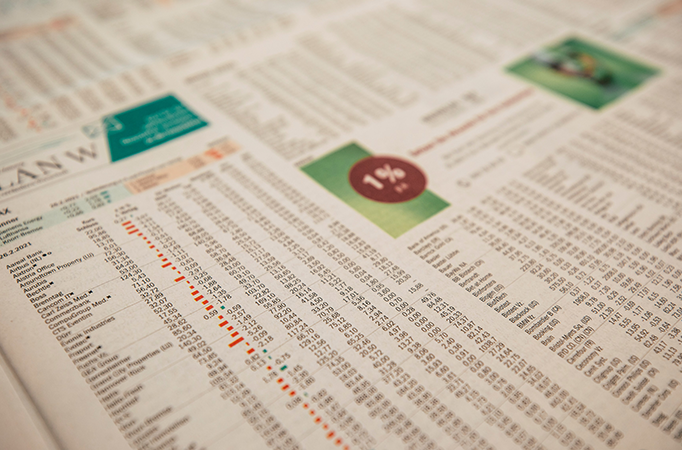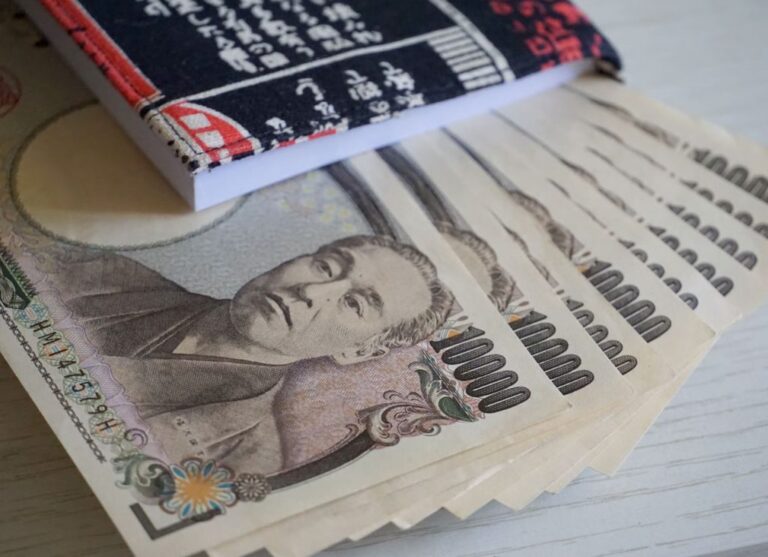
Morning Brief – Chinese Pantomime
Chinese Pantomime
Signals coming from the Chinese economy are creating dichotomous pictures when observed through the lens of market pricing versus analysts’ forecasts. Part of the reason for the cognitive dissonance that is clearly developing between observers of the Chinese economy is down to the fact that there are many competing forces vying for dominance on the political economic stage. For starters, there has clearly been a significant and prompt reaction within Chinese assets to the news that Chinese nationals will be able to resume international travel. Given the duration for which the population has remained under very strict Covid-restrictions, there are some concerns that inflationary pressures within Asia could build.
All over the developed world we were able to observe rising savings rates and an increasing stockpile of saved cash per capita during the pandemic. Whilst it is less easy to observe within China, the expectation is that the unleashing of cash laden citizens that have been pent up for so long could result in inflationary pressures, particularly driven by increased private consumption. Some had argued for tighter monetary policy which might put an upward pressure on bond yields in order to counteract any impact from this bias upon further inflation.
However, given that the further opening up of the Chinese economy, and therefore labour force, should also allow for supply side expansion globally, inflationary pressures should be limited. This would be particularly outside of Asia. There is also a misnomer within economics that if the population expects the interest rate to rise substantially in the future they may draw forward borrowing until such time as rates on deliverable borrowing meet the level of eventual policy. Chinese authorities would therefore have their work cut off to adjust policy quickly enough to ensure that their combative measures against prospective inflation do not have an adverse reaction in the short-run.
China has also been seen recently to boost support for economic recovery, seeking to make bank borrowing more accessible and prevalent by injecting cash into the financial system. The PBoC achieved this only last week by injecting short-term cash into lenders directly to encourage their activities and expand the provision of capital to support economic growth. We have seen volatility within interbank lending costs in China evidencing clear stresses within the financial system, leading to the PBoC’s response. Given so many contradictory forces within the Chinese economy, it is easy to see why market pricing is diverging from analysts’ rhetoric as investors struggle to isolate the signal from the noise.
Discussion and Analysis by Charles Porter

Related Insights

Morning Brief – Japanese Yen
Japanese Yen With JPY at a new 34 year low versus EUR, the market is set for an ambush by the Bank of Japan if it acts today at the end of their Policy Meeting to support the Yen. The reason that the market is susceptible is because it has convinced itself that the BoJ […]

Morning Brief – Coalition
Coalition This briefing is about South Africa and the Rand, which frequently proves to be one of the more divisive subjects within our roster of currencies. In particular, with the election looming, this will be about South African governance. Not from a political or human perspective about what may be the best long term outcome […]

Morning Brief – US Tariffs on Chinese Imports
US Tariffs on Chinese Imports Recently we wrote about how Mexico has become the Number One trade partner for the USA. It now transpires that Mexico may have had what is known as a little assist with their numbers: the statistics for the number of 20 foot shipping containers for the first three Quarters of […]



 Humphrey Percy
Humphrey Percy